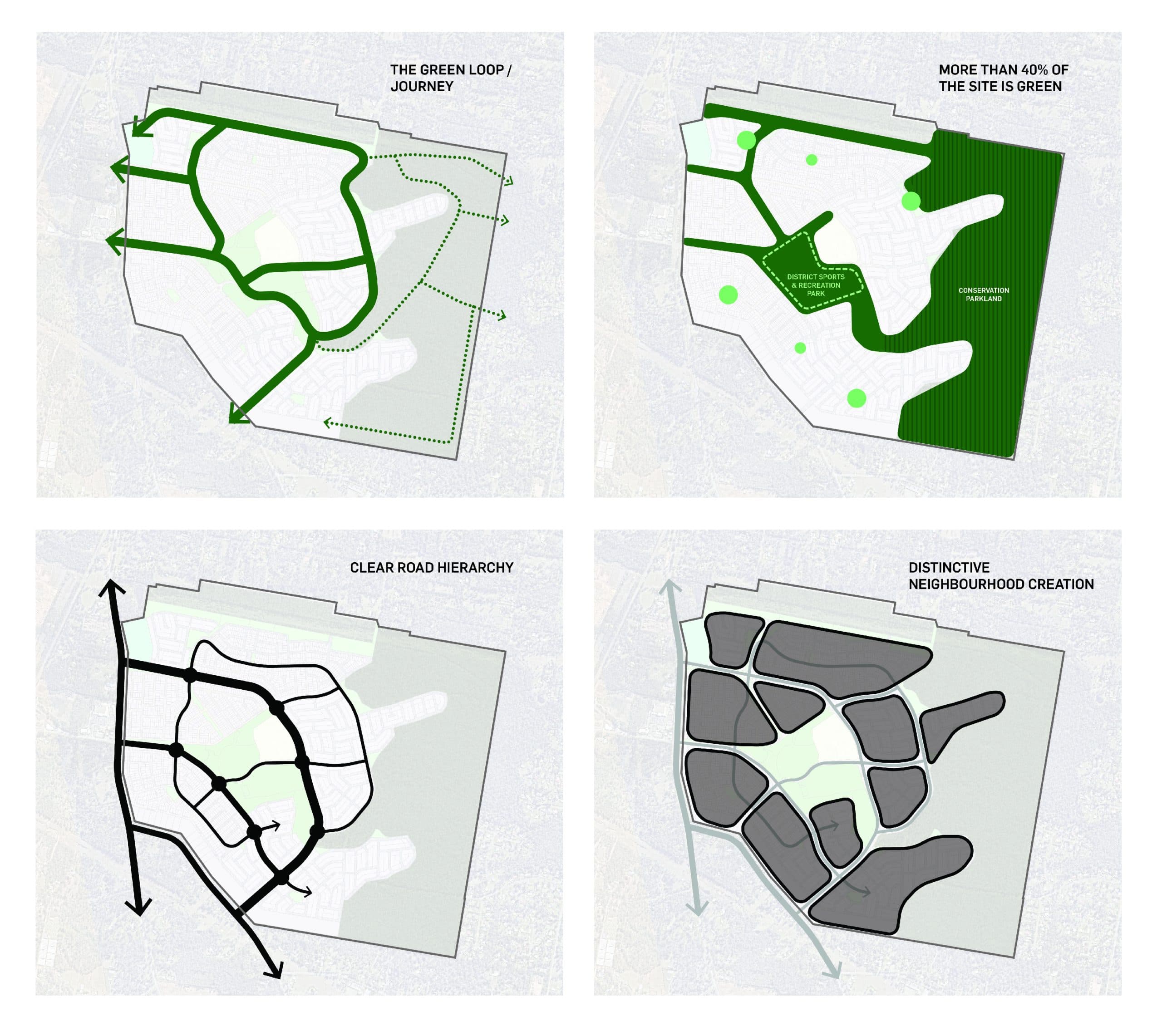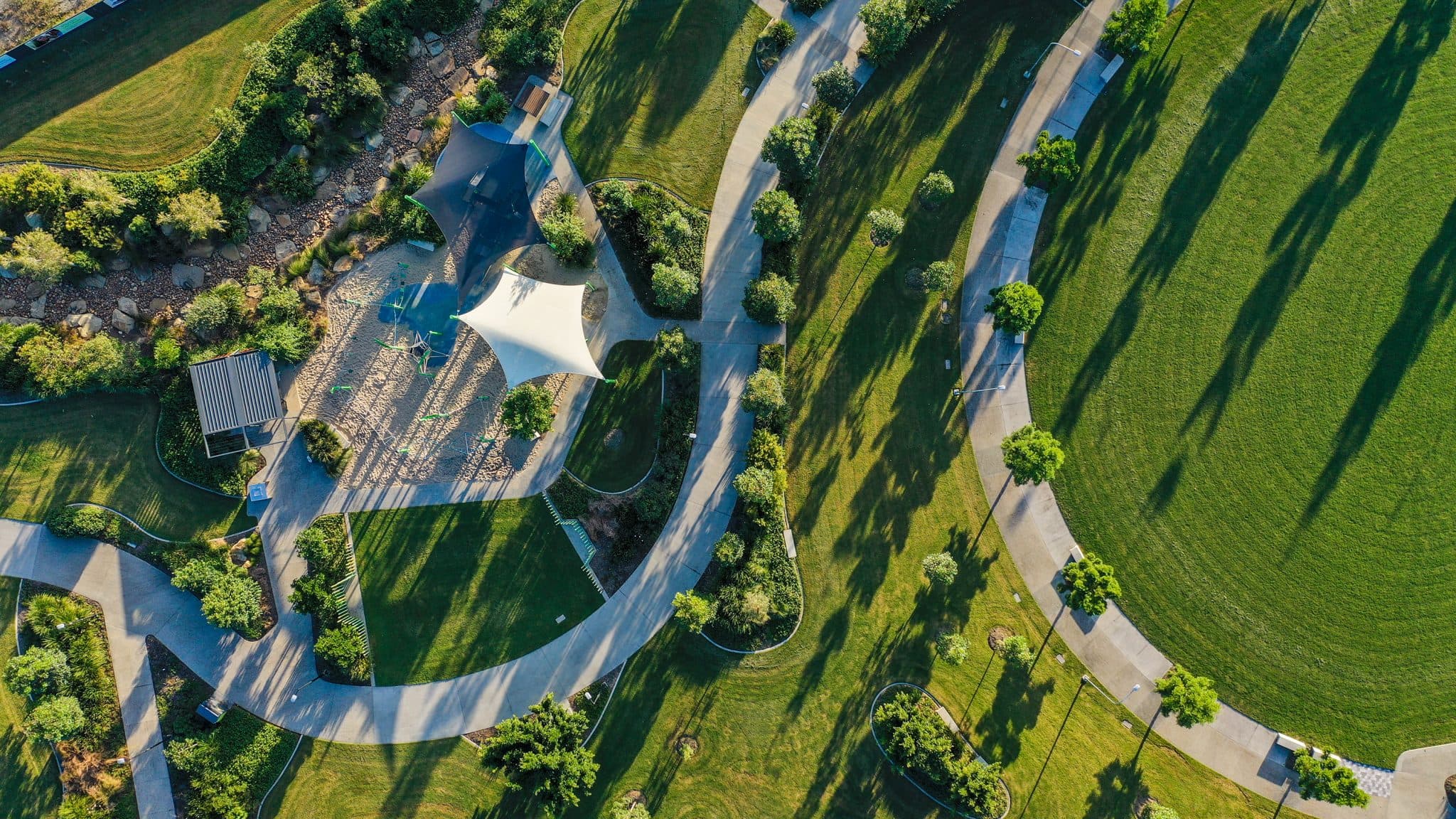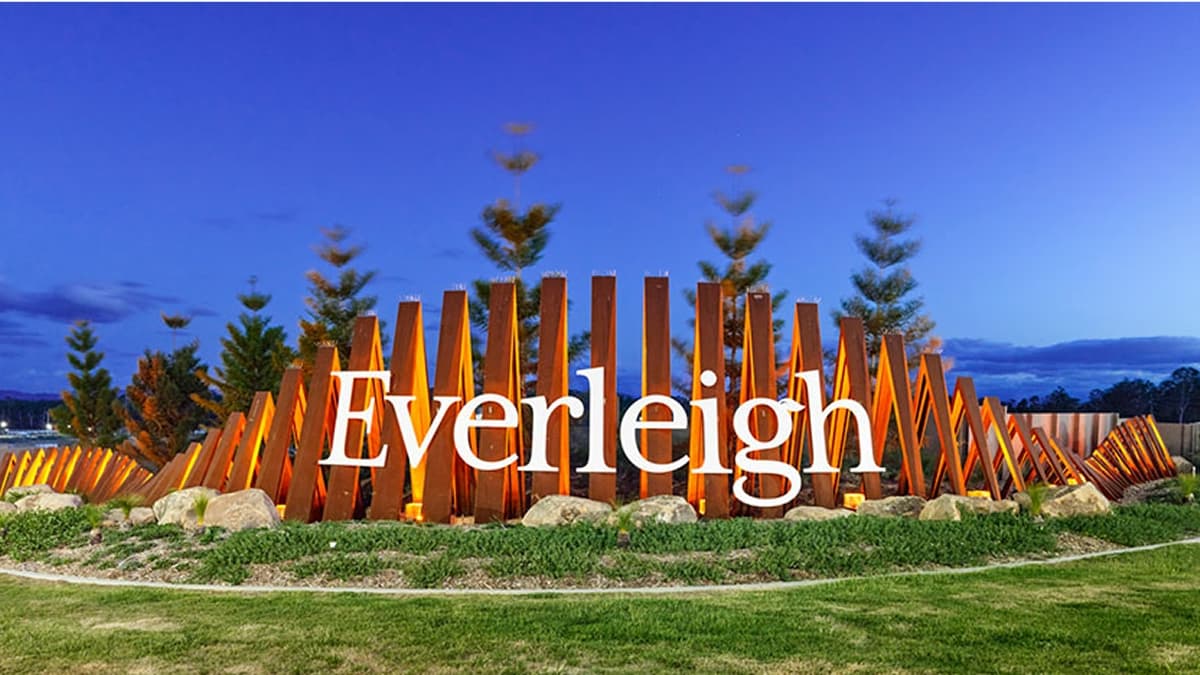
Everleigh
Client:
Mirvac
Awards:
Highly Commended, Landscape Solutions (QLD), Landscape Queensland Construction Excellence Awards 2024 Landscape Architecture Award - Parks & Open Space, Australian Institute of Landscape Architecture (AILA) National Awards 2019 (Awarded as FORM) Best Landscape Feature Commercial 1 Winner, Landscape QLD Construction Excellence Awards 2019 (Awarded as FORM)
Capabilities:
Context
The multi-award-winning master-planned new community of Everleigh has, from the very beginning, been founded on principles of great design, connectivity, nature and wellbeing. The considerate way the design and development has addressed and delivered on these principles demonstrates a strong focus on understanding how people live, use spaces, and connect with each other. We have created an authentic place where there is a strong sense of community pride and belonging; of being ‘home’.
Urbis has led the town planning and urban design since the project began in 2015, and with Form joining Urbis in 2022 – we are also now leading the landscape architecture for Everleigh for a very integrated approach. Our Urbis Economics and Property team also had strategic involvement by providing initial pricing and a lot mix review to inform the early stages, as well as price and mix in competing developments, and an affordability and product diversity framework to ensure delivery and mix of product was in line with those expected from a master plan within a Priority Development Area (PDA). Everleigh will ultimately be home to over 9000 people and appeals to a wide range of buyers – with currently 90%+ being owner-occupiers (70% of these being first home buyers).

The Master Plan
The award-winning Everleigh master plan has been designed to be holistic, well connected and integrated. Key elements of focus were the natural topography, surrounding land uses, positioning of open space, network planning and neighbourhood creation. The mixed-use development includes a centrally located Everleigh State Primary School, a future Neighbourhood Centre, potential State High School, and a mix of residential typologies to offer a variety of options for people.
Surrounded by conservation parklands and existing rural residential, the design thoughtfully addresses these edges to limit impacts by proposing acreage lots to provide a transition, as well as dedicating over 150 hectares of retained conservation adjoining existing bushland areas. This expansive area will be holistically integrated, with over 5.5km of walking trails connecting through and into the adjoining parklands.
With a focus on active and recreational transport, there will be approximately 6.5km of continuous off-road shared pedestrian / cycle paths that safely loop around the community, as well as connecting to key external destinations including the existing Greenbank Shopping Centre and potential future train station.
Everleigh has also been designed as a ‘village of villages’ and creates smaller, distinctive neighbourhoods within the broader development. With defined boundaries formed by a logical higher-order road network and park spaces, each neighbourhood has distinct roundabout entries to ensure strong way-finding, legibility, and sense of community was always a priority. A sensitive street layout embraces the existing topography where possible to minimise earthworks and high retaining walls within the community.
We’ve made the most of the terrain and gentle slope of the site; providing sweeping views to internal and surrounding green spaces. It makes for easy way-finding and interesting landscape design.

Parks
Over 40% of the site has been dedicated to green space. This includes conservation, sport and recreation parks, as well as linear parks.
One of the key points of difference of Everleigh is the extensive network of the green linear parks throughout the community. These corridors create a legible, highly walkable recreation circuit looping around the development, connecting residents through a safe, continuous network of shared pathways. The linear parks also extend along the entry roads to help create a unique entry experience that sets Everleigh apart, while also connecting into the surrounding areas of Greenbank.
A large central park is the ‘heart’ of the community. The combined 25-hectare sports and recreation park delivers flexibility for the future, and its location means everyone can get there easily. Within this central park, Everleigh Park was the first instalment of this community hub, showcasing the Everleigh vision and winning an AILA Award for Parks and Open Space. With a large event lawn, a play oval, a junior playground, rocky creek bed and picnic areas delivered in the first phase, the park will ultimately grow to provide teen play zones, tennis and netball courts, and additional sporting fields.
Leaf Park has also been delivered in the first neighbourhood, which offers an array of sporting, fitness and recreation amenities for a range of ages and abilities.
The variety of green spaces provided in Everleigh facilitate and foster community connection through an impressive community program that sees activities such as playgroups, yoga, seniors’ coffee groups, Little Athletics, movie nights, dance lessons, astronomy nights, fitness classes – to name just a few.
Water sustainability has been a large focus, with storm water harvesting proposed for irrigation of sports fields, and a 2ha central wetland in the central park will provide fauna habitat, contribute to passive recreation, and provide educational opportunities for the adjacent school while managing site storm water quality and flood mitigation.

Connecting to Nature
First impressions count, and none more so than the entry statement to a new community. Everleigh’s award-winning entry has been designed to welcome residents’ home while setting the tone for the entire community. An interpretation of the stunning mountains and natural surrounds that form the backdrop to the development, the sculpture comprises 80 origami-like folded steel pieces – which together make up a curvilinear, flowing statement.
This entry piece establishes a strong place identity and forms the beginning of the thread of urban elements woven into the fabric of the development. Through sculpture, furniture, signage and landform, these curvilinear forms and urban materials are represented throughout the natural aesthetic of the development.
Hints of the natural world are woven into the design through the use of rocks, planting and materials in their raw form, as well as the native planting palette used throughout the parks.
Connection has been a recurring theme for the project; connecting design features and establishing physical and visual connections has been a driving force in the design evolution, but more importantly is the desire to create genuine human connection that celebrates community, meaning and a healthy life.
















